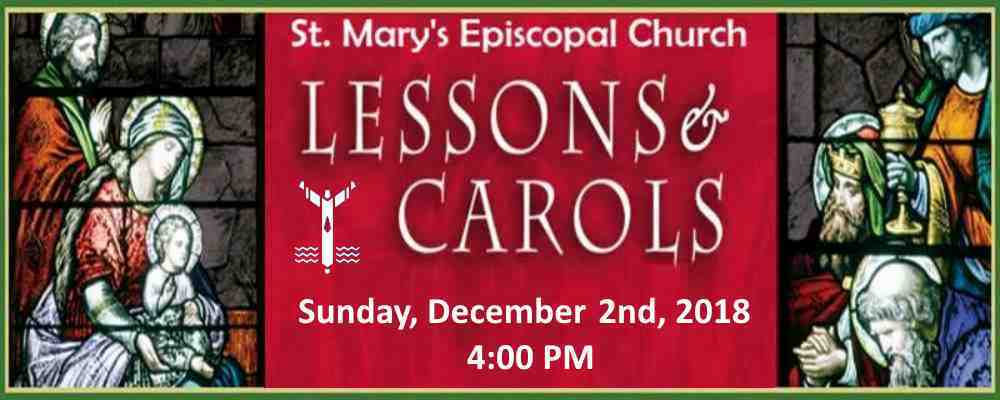The liturgical history of the celebration Christ’s birth, Christmas, on December 25th is captivating from a variety of viewpoints. There are various sources cited for its celebration on this date; some pagan in origin, some scriptural/historical, some prophetic. Nevertheless in meaningful and important ways these efforts by the Early Church to fix a date for Christ’s birth can enrich our appreciation for God’s plan of redemption and salvation through his son, our Lord and Savior, Jesus Christ. Indeed, this is the truth of Christmas, whether or not the date of December 25th is accurate.
Scholars today agree that the liturgical designation of the 25th of December for Christmas dates back to the 4th century (specifically 350 A.D.); and it was done, in part, to counter the pagan feast of Natalis Invicti, or the “Birth of the Unconquerable One”. According to a significant calendar of that time December 25th memorialized the deity Sol Invite, the “Unconquerable Sun”; which aptly coincided with the Roman celebration of the Winter Solstice. The Early Church reasoned that given the popularity of this pagan feast and its relationship with the symbolic connotation of the birthday of the Sun, then why not appropriate it for the liturgical celebration of the birth of The Sun of Righteousness? As St. Augustine expressed it: “We hold this day to be holy, not like the pagans because of the birth of the sun, but because of him who made it.” However, approximately 150 years earlier (204 A.D.), St. Hippolytus in Rome wrote: “For the first advent of our Lord in the flesh, when he was born in Bethlehem, was December 25th, a Wednesday, while Augustus was in his forty-second year…”. It seems he came by this date based on two traditions of the Early Church: the date of Christ’s passion and death; and the date of the Incarnation. First, based on details given in the Gospels, Christ is believed to have died in the middle of the Jewish month of Nissan; or more specifically March 25th. Tertullian, an early Christian author wrote: “…(Christ suffered) under Tiberius Caesar, in the consulate of Rubellius Geminus and Fufius Geminus, in the month of March, at the time of the Passover, on the eight day before the calends of April…”. In other words, the 25 of March; nine months apart from the date of his birth; the approximate time of human gestation. Second, this correlation reveals another ancient tradition: that the Messiah would be conceived and fulfill his mission on the same calendar date.
But Christmas is more than a date and a Liturgical Season. It is part of a mystery: a loving God’s plan for redemption and salvation through the birth, life, death, and resurrection of his son, Jesus Christ. Solving the mystery of determining the precise date of his birth is not the important thing; that it occurred at all and for the reasons it did is the essential focus of our faith. However, sometimes the pursuit of such secondary or tertiary quests can deepen and enrich that faith. May we all become super spiritual sleuths this Christmas and throughout the new year!







Leave A Comment